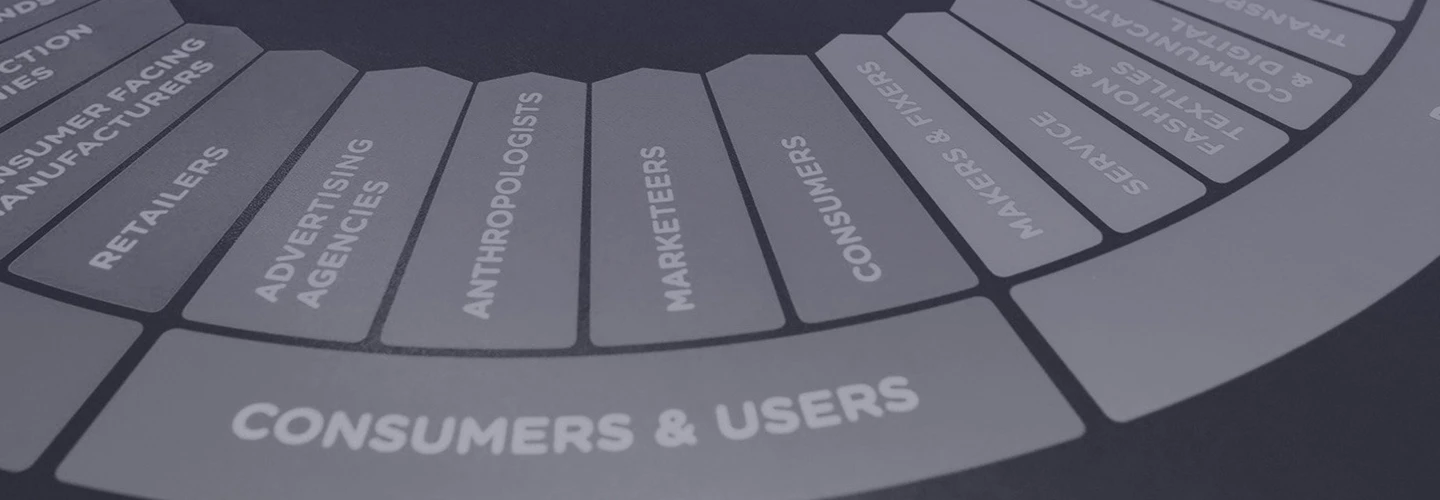The customer journey: the new life cycle in the digital economy


We’re just a week away from this year’s TM Forum Live, which if past years are anything to go by will provide an excellent platform for discussions on the topics I have explored in my recent blogs.
I started out by asking a couple of simple questions: what does it mean to be a digital service provider, and how will today’s communications service providers make this transition? The answers are far more complex, of course. CSPs are required to undergo a transformation process that will be painful at times, but ultimately — if implemented correctly — highly rewarding on a number of levels.
Virtualization, cloud, BSS/OSS innovation and enabling the digital life for customers through customer experience managementare all part and parcel of this process. In my last blog, I also pointed out that it is telco CRM that uses the customer journey as its base, rather than merely focusing on the underlying customer information.
The customer journey in fact forms the basis of what I see as the third life cycle in telecoms as we move into the digital economy.
Telcos understand the tools and processes that help measure their KPIs, revenue, ARPU and other operational aspects. What they don’t always understand is how these processes relate to three fundamental life cycles: order, product, and customer life cycles.
Order and product life cycles are relatively easy to define. The order life cycle helps the telco understand how it is managing its operations by the cash flow its order management brings. The product life cycle starts with the idea of a product or service, and moves through realisation, execution and retirement.
The problem with telcos, though, is that they have traditionally been very bad at retiring products because the product catalogue is linked to the billing system. It is important to recognise when to retire obsolete products. Ideally, telcos don’t really want to have thousands of products just sitting there and not generating much revenue. The goal is to be able to retire non-revenue generating products and move customers onto better products that generate 80% of the revenue.
That in turn is facilitated through externalising the product catalogue and not putting it into billing; this is already happening in the industry. The tricky part is learning to understand when products can and should be retired.
The most interesting and challenging life cycle in today’s digital economy is the customer life cycle, or the customer journey. This journey starts with customer education and influence and moves through the decision-making, buying and utilisation processes to the process of caring for the customer.
Customer care is a complex process that includes keeping track of a customer’s changing value systems, preferences and interests — which is why social media analytics is so important. Ultimately, the goal is to nurture that customer as a lifelong user and subscriber.
At the same time, just as it is important to recognise when to retire obsolete products, it is also crucial to understand when and how to churn low-margin customers that are, essentially, more trouble than they are worth. Learn to understand your most loyal customers, while sending low-margin customers to different brands that can provide them with exactly what they need with minimum intervention.
It can be difficult to equate the customer journey to actual processes within a telco’s organisation. I’d be more than happy to discuss this topic, among others, during TM Forum Live. See you in Nice!








